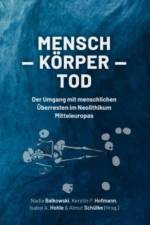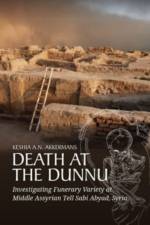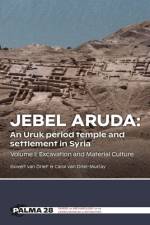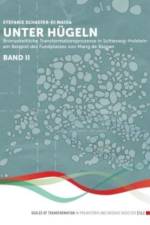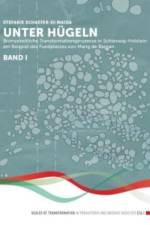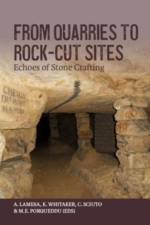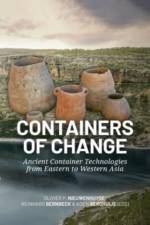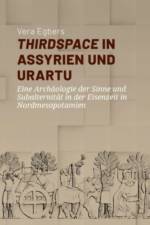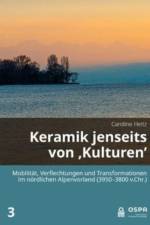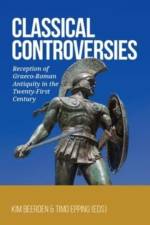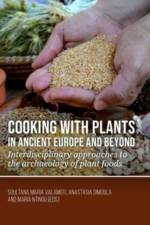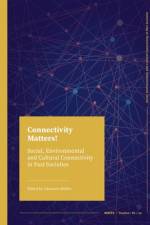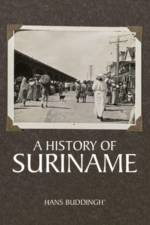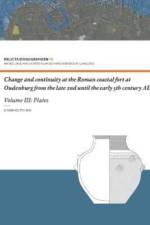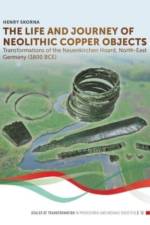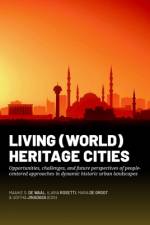100,00 €
The archaeological study of quarries focuses mainly on the reconstruction of the extraction process, while rock-hewn spaces have often been approached from the point of view of architectural styles or art-history. Nevertheless, a holistic structural approach to the study of these spaces could allow a better understanding of the agency of those who carved the stone.Stone quarries and rock-cut sites have rarely been included in global studies of historical landscapes and few are the forums dedicated to the theoretical and methodological debate over the importance that these sites have for the understanding of past societies. To fill the gap, the proceedings volume aims at providing new data on sites located in Africa (Ethiopia, and Egypt), Europe (France, Croatia, Italy, Spain) and Asia (Turkey, Saudi Arabia) studied with a diachronic approach, as well as new theoretical reflections for the international debate on the archaeological investigation of rock-cut spaces and stone quarries.Two directions structure this volume: the analysis of the individual rock walls, considering the study of tool traces as a proxy for understanding the carving phases, as well as the analysis of the structure (site/quarry) as a whole, by contextualizing the results of the study of the single walls.The volume mainly targets researchers who are willing to discover quarries and rock-cut sites as aspects of the same mining phenomenon: places in which specific empirical and handcrafting knowledge related to stone working is expressed and conveyed, but also a wider audience that is interested in these peculiar and impressive sites.ContentsForewordGabriele GattigliaI. THEORETICAL AND METHODOLOGICAL CHALLENGES IN THE ARCHAEOLOGY OF QUARRIES AND ROCK-CUT SITESSavoir-faire and Technical Environment: Rethinking the Emergence of Rock-cut Tombs in the Neolithic MediterraneanMarie-Elise PorquedduWhat to Expect when you¿re Documenting and Excavating a Roman Quarry ¿ Monte del Vescovo, Istria, CroatiaKatarina ¿premTheorising Ancient Quarries: How Far Have We Come?Christopher J. LyesWhen Quarry Waste Explains Tool MarksDaniel MorleghemThe Hand, the Stone and the Mind: Exploring the Agency of Rocks in Quarrying TechniquesClaudia SciutoII. CARVED SITES AND CARVED LANDSCAPESHow do Rock-cut Architectures Interact with the Landscape? The Example of Prehistoric Rock-cut Tombs in Ossi, Sardinia (Italy)Guillaume RobinA Study of Quartzite (Silicified Sandstone) Quarries in EgyptDaniela GalazzoFirst Reflections on the Structural Analysis of Rock-hewn Caves in Lalibeläs Landscape, EthiopiaManon RouthiauQuarrying, Carving and Shaping the Landscape. Stone Working at Dadan, Northwest Arabia, in the First Millennium BCE and BeyondThierry Grégor, Jérôme Rohmer and Abdulrahman AlsuhaibaniUnderground and Open-pit Quarries in Polignano a Mare (Italy): a Preliminary InvestigationGermano Germano¿III. ROCK-CUT SITES AND QUARRIES: CRAFTS AND SOCIETIESThe Left-handed and the Ambidextrous: Methodological Considerations by Way of the Excavation of Rock-cut Churches Over the Long TermAnaïs LamesaQualifications of Craftsmen Who Dug Souterrains in France (10th-15th centuries) ¿ Preliminary ResultsLuc StevensThe Technique of Extracting Building Stone by ¿Stone-walling and Back-filling¿ in Paris: an Innovation of the Late Middle AgesJean-Pierre Gély and Marc Viré

